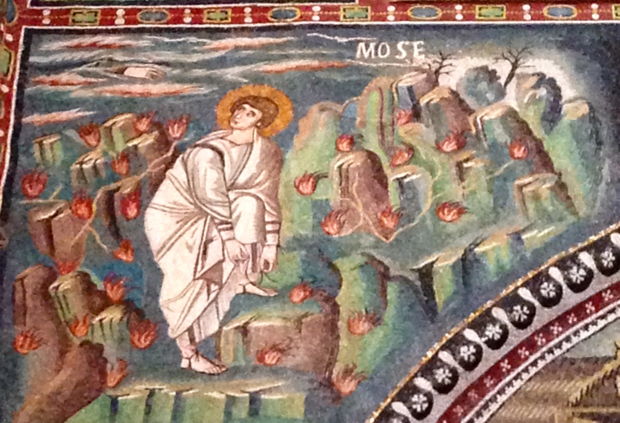By Jennifer L. Holberg

Today is not just the first day of teaching in a new semester for me; it also marks the beginning of my 25th year in the classroom. My silver anniversary, if you will. I’m not sure it’s an occasion for a party or anything. And I realize it’s clichéd to say, but it really doesn’t seem that long ago that my 22-year-old self was walking in to teach "English 131AK: Expository Writing" to incoming first-year students at the University of Washington.
But now, here I am at mid-career. Still teaching introductory writing (the mind boggles at the number of papers behind me, though perhaps more distressingly at the number that remain in the future!) but also all kinds of courses for majors and core students alike. As I often quip when I’m asked what I do, “I get to read books and talk about them for a living.”
Twenty-five years in, I want to say “I couldn’t love it more” — but every year I actually do.
It’s very fashionable these days to bemoan the awfulness of the current crop of self-absorbed Millennial students. And some of the literature on mid-career faculty suggests we can be a discontented lot. I suppose there’s probably some truth in both claims, but it’s not truth I witness firsthand all that much. Instead, I’m often so impressed by the hard work and deep wisdom of my colleagues. How much they’ll do for students, how often they go the extra mile for our institution. As for today’s student: like every class of students I’ve had since 1990, they remain delightfully energetic, eager to make a difference. As a generation, they are tender-hearted towards each other and towards the world. Like every generation, when we invite them into the extraordinary project of loving God with our minds, they are curious and creative and full of compassion for God’s world. And ready to get to work (not always immediately on readings or class projects, mind you, but eventually — such has it ever been).
So though many of us no doubt feel it, we professors perhaps don’t articulate enough the privilege that college teaching is. The late Lionel Basney once wrote a poem in which a professor questions whether giving his life to teaching has really been worth it. In the professor’s vision, he meets a guide who reassures him by saying: “You cannot know...what your words/will weigh with students remembering them/in a place you will never see.” How can it not be a profound joy to get to have even a tiny role in equipping students for the life God has for them?
So much could be said about all that makes teaching such a high calling and great responsibility (as the apostle James reminds us). A 500-word blog, of course, is insufficient to the task. But last summer when I visited the exquisite 5th century mosaics in the Italian city of Ravenna, one image I saw encapsulated how professors should approach the classroom:

Here, the story of “Moses and the Burning Bush” becomes “Moses and the Burning Bushes.” Not one bush: no, the whole hillside is on fire with the presence of God. Or as one of the beloved Victorian writers I teach, Elizabeth Barrett Browning, puts it:
Earth’s crammed with heaven
and every common bush afire with God.
But only he who sees, takes off his shoes.
We do not meet to do ordinary work when we come to the classroom. Instead, like every other square inch, it is holy, heaven-crammed ground. As professors, we get the amazing opportunity of helping students “see” and by our own posture, modeling humble attentiveness. In so doing, we bear witness to God in his creation and in our students, “every common” one, “afire” with God’s image. Our hope as educators to send forth a shoeless generation, full of wonder.
That’s sounds like pretty cool work for the next 25 years (d.v.). Maybe a party is in order, after all.